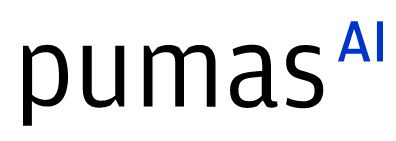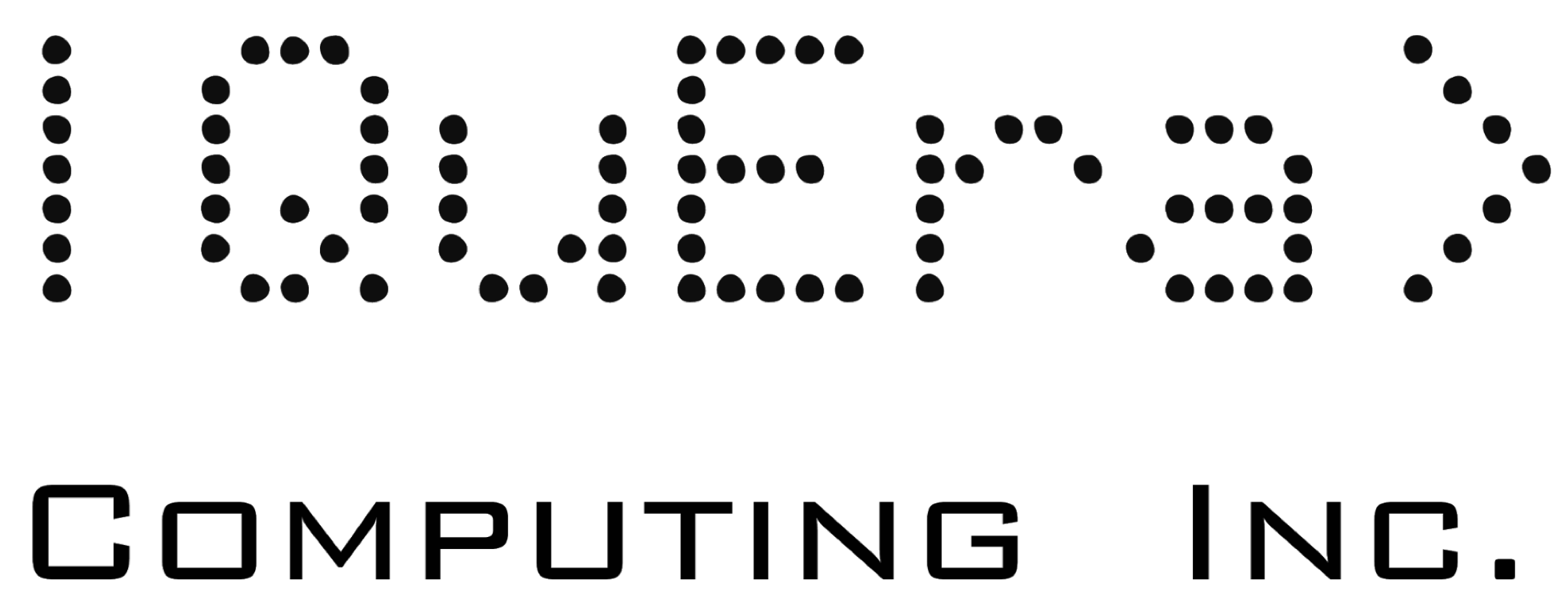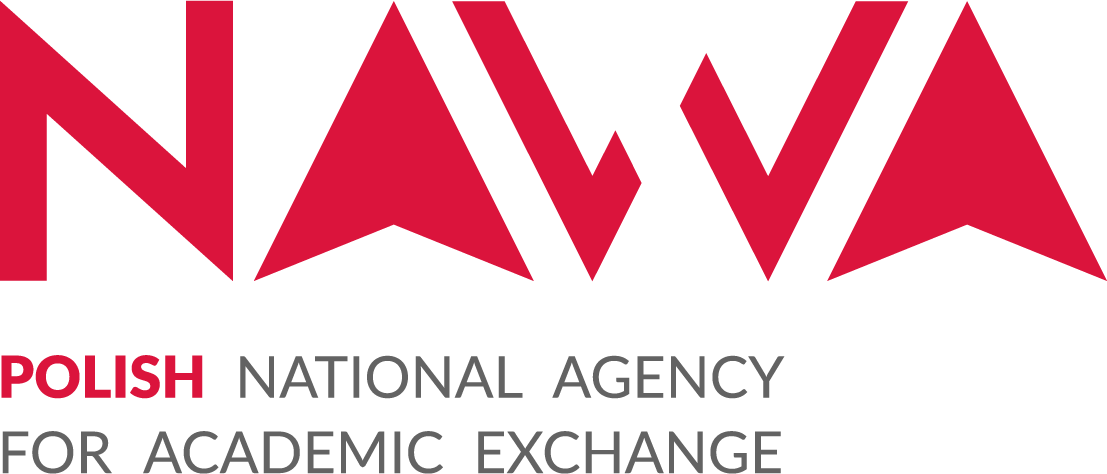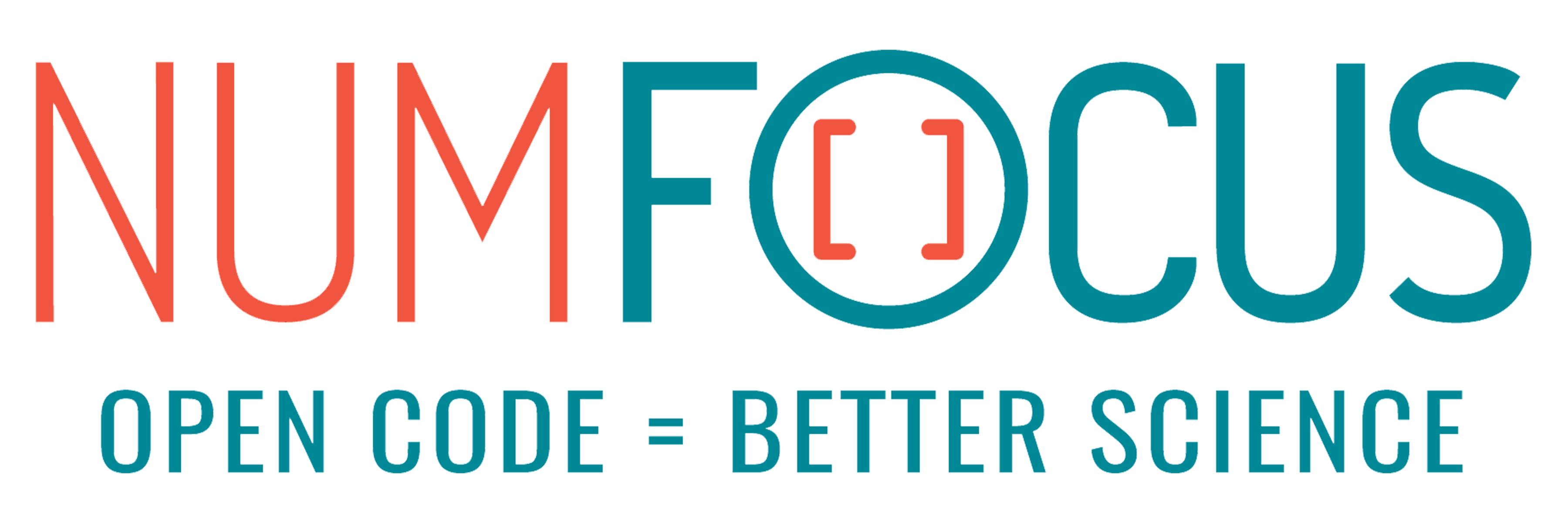Thoughts for the Next Generation
Abstract:
The first version of Modelica was released in 1997. Today, over 25 years later, it is still going strong. At the same time, Julia is taking the numerical computing world by storm and ModelingToolkit is revisiting many of the topics and applications that drove the development of Modelica. This talk will highlight many of the important aspects of Modelica's design in the hope that these are taken to heart by the developers of the next generation of modeling and simulation tools.
Description:
Modelica is an interesting mix of basically three different topics. At the lowest level, Modelica is concerned with simulation (solving non-linear equations, integrating differential equations, computing Jacobians). In this way, it is very much aligned with Julia and my sense is that Julia has already exceeded what Modelica tools can offer at this level.
The next level above that is the ability to perform symbolic manipulation on the underlying equations so as to generate very efficient simulation code. The capabilities in this layer are what pushed Modelica forward into applications like real-time hardware-in-the-loop because symbolic manipulation provides enormous benefits here that other tools, lacking symbolic manipulation, could not match. There were some amazing contributions from Pantelides, Elmqvist, Otter, Cellier, and many others in this area and it is important that people understand these advances.
Finally, you have the language itself. While the symbolic manipulation opened many doors to extend what was possible with modeling and simulation, the language that was layered on top addressed very important ideas around usability. It brought in many important ideas from software engineering to make modeling and simulation a scalable enterprise (allowing model developers to create models that had potentially 1000s of components and tens or even hundreds of thousands of equations). But it also brought usability with a representation that quite naturally and seamlessly allowed graphical, schematic based modeling to be implemented consistently by a number of different tools.
None of this is to say that Modelica is perfect or that better tools aren't possible. It is simply to raise awareness of all the things Modelica got right so that future generations can build on that and create even more amazing and capable tools to push the frontiers of modeling and simulation even further.
Platinum sponsors

Gold sponsors

Silver sponsors




Bronze sponsors

Academic partners

Local partners

Fiscal Sponsor
